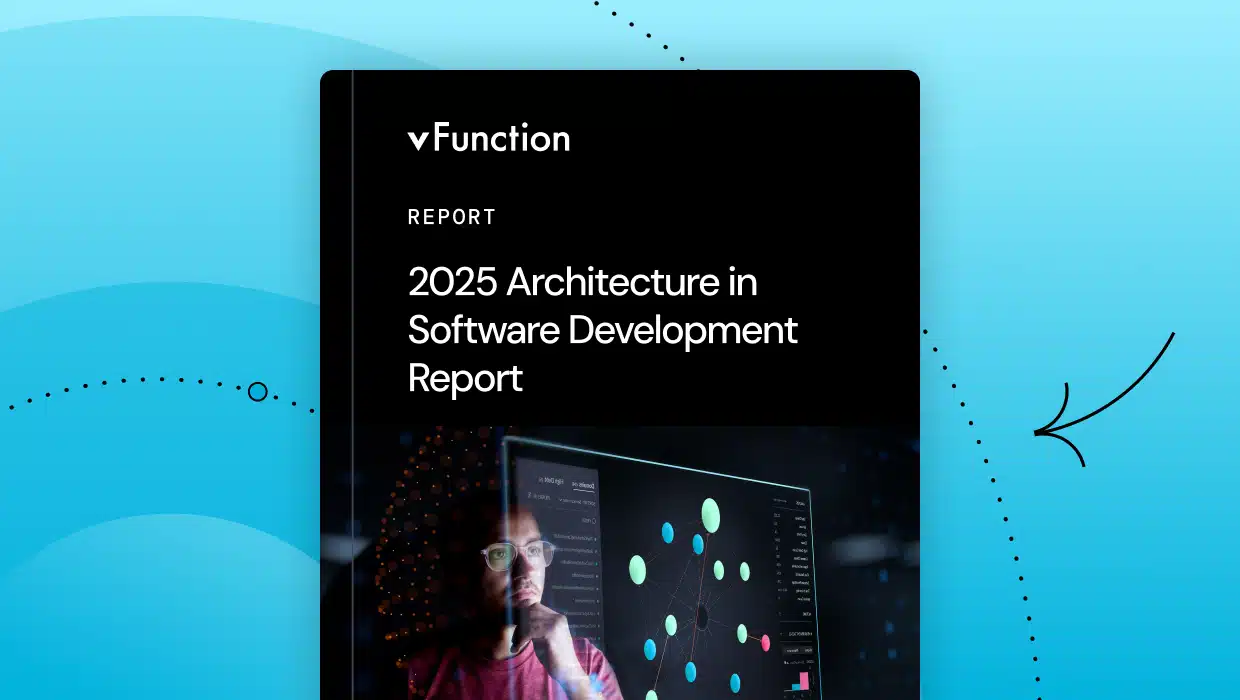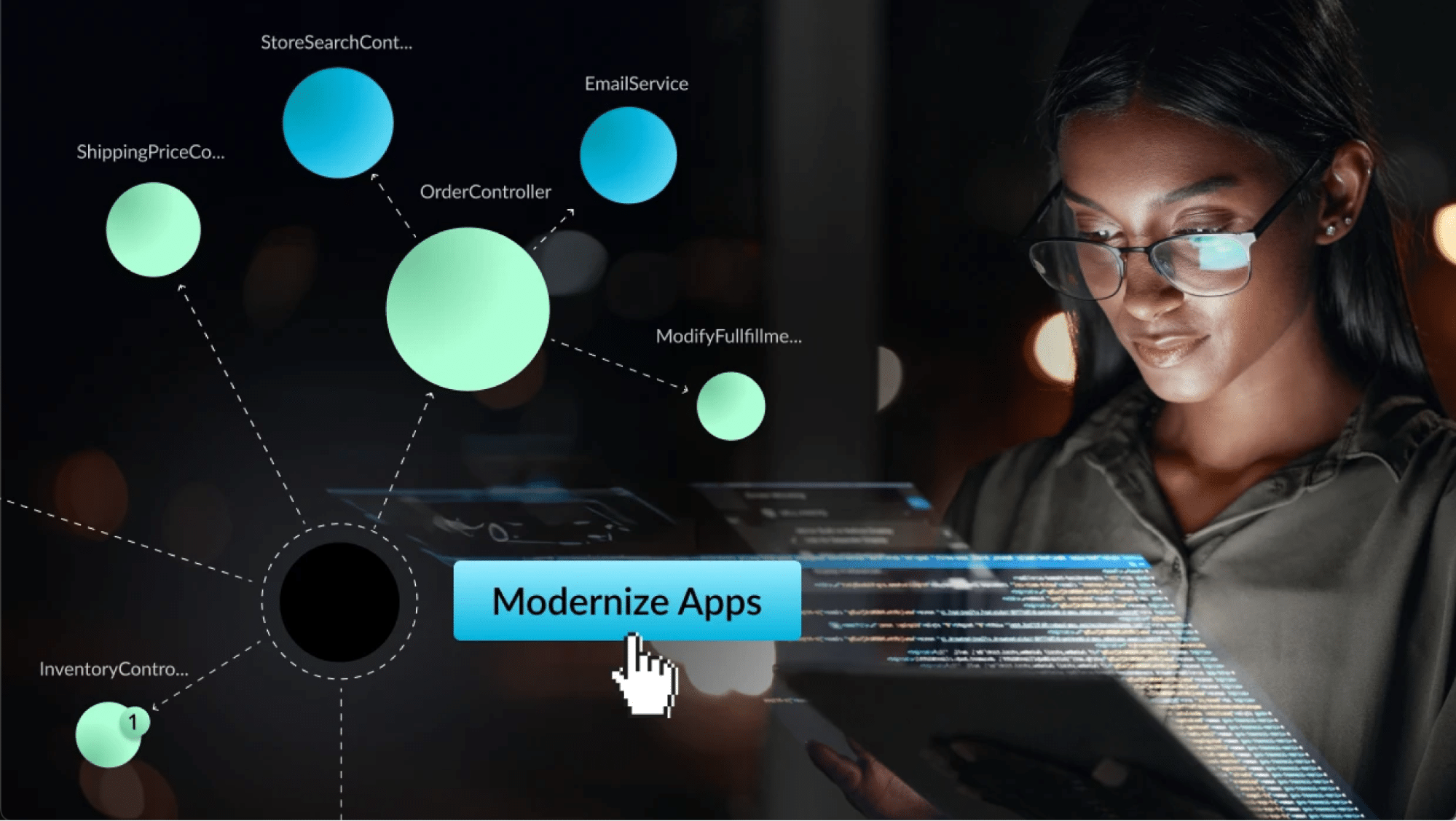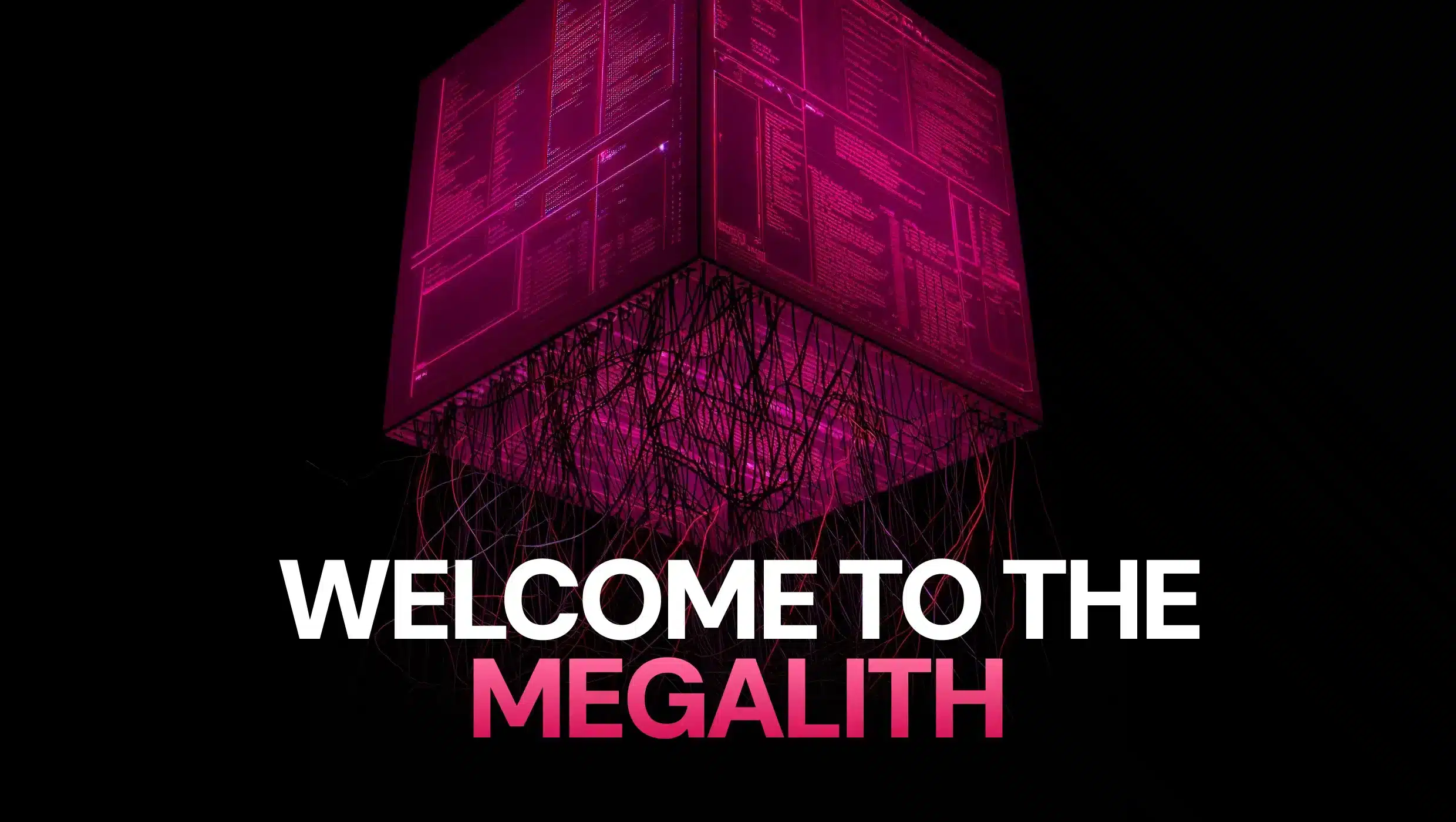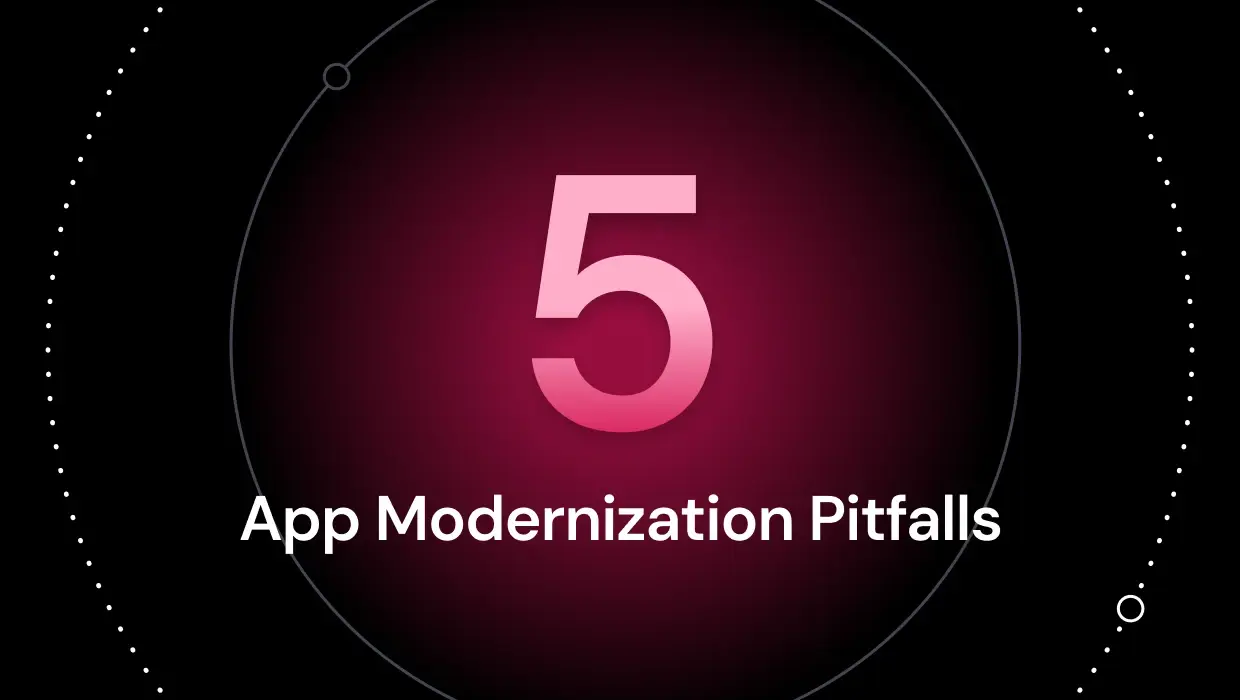Application modernization has evolved from a strategic consideration to an urgent business necessity. It’s a massive, industry-wide challenge. Analysts expect the global market for modernization services to grow from US$19.82 billion in 2024 to US$39.62 billion by 2029, expanding at a 15% CAGR. This explosive growth reflects the urgent need to address sprawling legacy portfolios that have become operational liabilities.
This challenge goes well beyond individual applications. It spans the entire enterprise technology stack. Legacy COBOL, Java, and .NET systems, many built on frameworks from the 2000s or earlier, still power core business functions but demand outsized maintenance. Designed for a different era, these applications lack the flexibility needed for modern, cloud-native operations and innovation.
At the heart of every modernization effort is the architecture. Not the physical infrastructure of the past—servers, cables, and rack diagrams. Software architecture comprises the business logic, service interactions, and code structures that define how applications function. When it’s well-structured, software architecture accelerates deployment, simplifies debugging, and supports seamless scaling. But when it drifts, everything gets harder—releases, troubleshooting, scaling, even understanding where one application ends and another begins.
Five converging market forces are reshaping the competitive landscape, making aging application architectures an even greater liability. Organizations that postpone modernization initiatives face mounting operational risks, security exposure, and a growing inability to keep pace as digital transformation outstrips the limits of traditional enterprise systems.
Critical forces accelerating modernization requirements
Understanding these converging forces is essential for any organization evaluating its modernization strategy. Each force creates a compelling business case on its own, but together they make modernization an urgent industry-wide imperative.
1. Security vulnerabilities and regulatory compliance challenges
Legacy applications constitute the most significant attack surface within modern enterprise environments. ServiceNow research indicates that 71% of organizations acknowledge that legacy systems substantially increase cybersecurity vulnerabilities, as aging applications lack contemporary security frameworks and create exploitable attack vectors that compromise enterprise data integrity.
Security challenges extend beyond technical vulnerabilities to encompass regulatory compliance requirements. Legacy applications frequently lack support for modern authentication protocols, current encryption standards, and comprehensive audit trails mandated by regulations, including GDPR, CCPA, SOC, SOX, ISO/IEC 27001, and industry-specific compliance frameworks. This creates enterprise-wide risk exposure that impacts operations far beyond IT infrastructure.
2 . Escalating operational costs
Legacy systems are consuming disproportionate shares of enterprise IT budgets. Industry analysis suggests that maintaining aging systems requires 60–80% of enterprise IT spending, constraining resources available for innovation initiatives. Gartner® research indicates that in 2025, companies are allocating 40% of IT budgets toward managing technical debt. Deloitte findings reinforce this trend, demonstrating that over 55% of technology budgets focus on maintaining operational systems, while only 19% support new solution development.

These maintenance costs continue to escalate as:
- Experienced developers with legacy technology expertise retire or transition to other roles
- Integration complexity increases across aging system architectures
- Infrastructure dependencies create operational brittleness and reduced flexibility
Consequently, organizations experience annual maintenance cost increases up to 15%, with individual legacy system maintenance averaging $30 million annually.
3 . Cloud transformation architectural requirements
Legacy applications can’t fully leverage cloud-native capabilities, such as auto-scaling, managed services, and global distribution, without significant architectural changes. Organizations that simply lift and shift miss out on the efficiency, scalability, and cost benefits the cloud is designed to deliver.
Cloud transformation isn’t just about infrastructure migration. To be effective, it requires architectural patterns that enable rapid scaling, geographic distribution, and service resilience.
Contemporary cloud-native architectures typically rely on microservices deployed in containerized environments across Kubernetes clusters, supported by event-driven messaging systems and global load balancing capabilities. These architectures enable seamless scaling, failure isolation, and dynamic response to user demand patterns. As such, cloud migration is often the trigger for architectural modernization.
As a result, cloud migration often becomes the catalyst for architectural modernization. Organizations that remain on monolithic architectures—whether on-prem or in the cloud—struggle to match the agility, scalability, and efficiency of cloud-native competitors.
4 . Velocity limitations
Current market conditions require continuous feature deployment rather than traditional monthly, quarterly, or annual release cycles. Legacy architectures lack the foundational capabilities to support this level of change velocity and innovation pace, directly affecting competitive positioning. In monolithic systems, minor updates frequently require complete codebase rebuilding and redeployment, a time-intensive, high-risk process that makes frequent releases impractical. Research shows that 47% of organizations identify legacy software limitations as the primary obstacle to digital transformation success.
Without modernized architectures supporting continuous integration, automated testing capabilities, and rapid deployment processes, organizations cannot respond effectively to market opportunities or evolving customer requirements. This architectural constraint becomes a strategic business limitation that compounds over time.
5 . AI integration requirements
Artificial intelligence capabilities are no longer optional; they’re becoming table stakes for contemporary applications. But AI functionality requires architectures that can ingest and process real-time data, integrate rapidly with new services, and adapt behavior based on continuous insights. Legacy systems weren’t built for this. They lack the flexibility, agility, and scalability needed for dynamic, data-driven workloads that AI implementations introduce.
Take AI-powered chatbots or real-time fraud detection services: both require seamless external API integration, real-time data access capabilities, and rapid deployment cycles. In tightly coupled monolithic systems, these demands are difficult, if not impossible, to meet.
When organizations attempt to retrofit legacy systems for AI capabilities, extended modernization timelines often render AI features obsolete before deployment completion, particularly problematic in rapidly evolving AI markets. To capitalize fully on AI innovation opportunities, organizations require modern application architectures capable of quickly integrating emerging AI capabilities.
Industry-specific modernization pressures
While these five forces affect all organizations, certain industries face particularly acute modernization challenges due to regulatory requirements, competitive dynamics, and operational complexities. Understanding these sector-specific pressures provides insight into the varying urgency and approaches required for successful modernization initiatives.
Financial services sector
Financial institutions face the most severe modernization pressures. Forbes Insights research indicates that nearly 60% of banking leaders consider legacy infrastructure the primary challenge impeding organizational business growth. Additionally, 55% of banks identify legacy core systems as the primary obstacle to achieving digital objectives, with 75% experiencing difficulties implementing new payment solutions due to outdated infrastructure.
Many financial institutions continue operating core banking systems up to 40 years old on mainframe hardware, creating compliance risks and limiting digital innovation capabilities. The Federal Reserve Bank of Kansas City notes that these legacy systems create difficulties accommodating modern services, including open banking and instant payments. At the same time, fintech competitors capture 47% of new account openings.
Healthcare and life sciences organizations
Healthcare organizations must balance modernization initiatives with strict regulatory compliance requirements. Legacy patient data systems and research platforms create security vulnerabilities while limiting integration capabilities necessary for modern care delivery models. As security breaches increase in frequency and impact, they represent life-threatening crises, disrupting critical systems and entire communities. The COVID-19 pandemic accelerated digital health adoption, exposing significant limitations in legacy healthcare IT infrastructure.
Manufacturing and government sectors
Manufacturing organizations require modernization to support Industry 4.0 initiatives, IoT integration capabilities, and supply chain digitization. Government agencies face similar pressures as citizen service expectations increase while legacy systems struggle to support modern digital service delivery requirements. Limited resources, complex budget cycles, and outdated systems make modernization particularly challenging in both sectors. The fundamental challenge extends beyond identifying modernization targets to implementing scalable, efficient, and mission-aligned modernization approaches.
Strategic business implications and the path forward
The convergence of these technical, operational, and competitive forces makes modernization a strategic imperative. It’s not just about improving system performance; it’s about gaining the fundamental advantages that shape market leadership and long-term success.
Organizations implementing systematic modernization strategies gain critical competitive advantages: enhanced security postures, lower operational costs, scalable cloud-native architectures, faster innovation cycles, and AI-ready architectural foundations. Organizations that delay modernization initiatives will experience increasing competitive disadvantages as these performance gaps expand.
The most successful modernization initiatives will be those that approach architectural transformation systematically, with a clear understanding of both the technical requirements and business imperatives driving change. In this environment, modernization becomes the foundation upon which all other digital transformation initiatives depend.
That’s where vFunction helps. Our platform empowers engineering teams to visualize software architecture, identify and eliminate technical debt, and accelerate modernization with precision and scale. In this environment, architecture becomes more than a technical concern; it’s the foundation for everything organizations need to build, scale, and innovate.
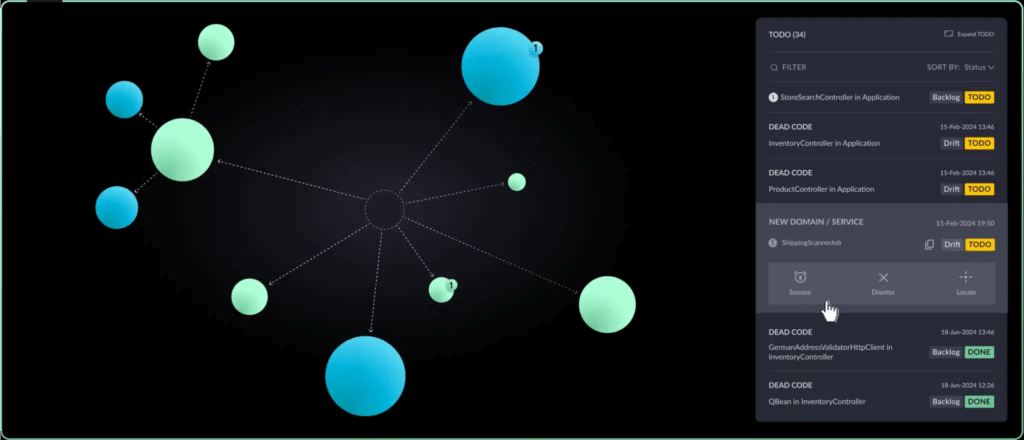
This post is the first in our App Modernization Series. In the coming weeks, we’ll explore how AI is changing modernization, how to build your strategy, and how to prioritize what to modernize and when. Stay tuned, and if you don’t want to miss a post, be sure to sign up for more pieces like this from vFunction.

